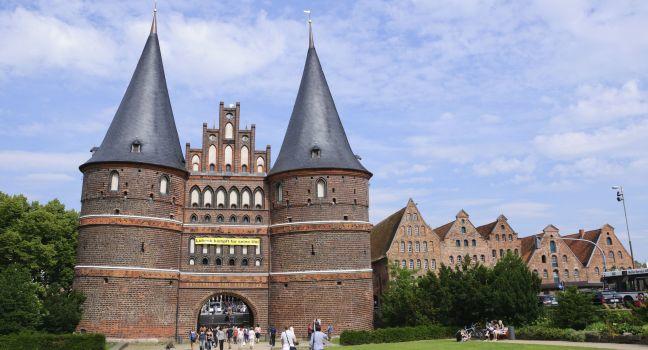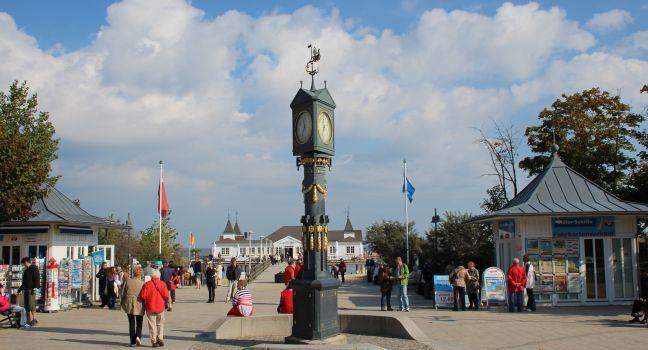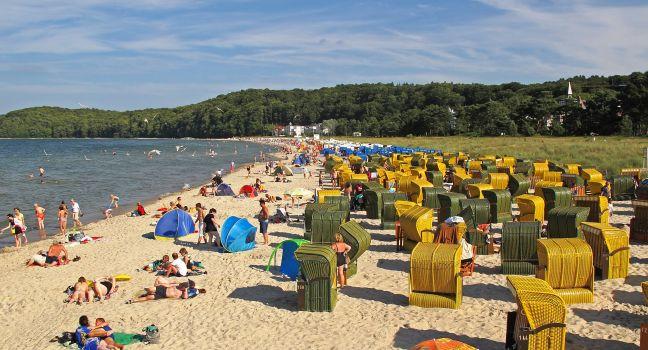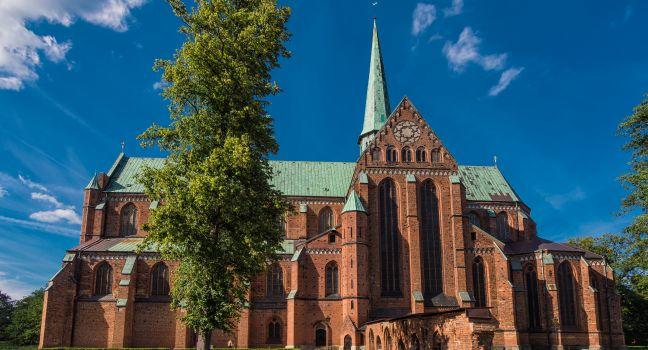Altstadt
Proof of Lübeck's former position as the golden queen of the Hanseatic League is found at every step in the Altstadt, which contains more 13th- to 15th-century buildings than all other large northern German cities combined. This fact has earned the Altstadt a place on UNESCO's register of the world's greatest cultural and natural treasures.







